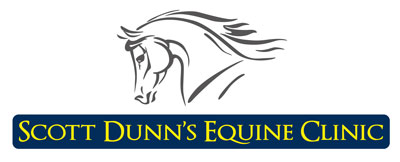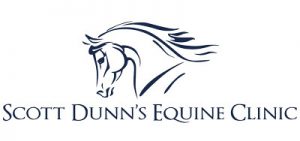Clipping can be stressful for both you and your horse.
It is not a natural experience for a horse to be clipped and have clippers vibrating off the horse’s skin, along with the loud noise it makes.
- Take your time with the horse and let it examine the clippers with its nose and whiskers.
- Turn on the clippers close to you and again slowly introduce to the horse so that it can become accustomed to the loud sound.
- For the sake of your safety and that of the horse, ensure it is comfortable with the noise and the feeling of the clippers and let the horse get used to it.
- A very fractious or nervous horse may need to be sedated – speak to your vet about the correct procedure for sedating and what type of sedation to use.
- Ensure you have someone with you to hold the horse as this will make life easier for the person clipping.
Your safety
- Hard hat – tie back long hair.
- Steel toe capped boots or rubber soled footwear.
- Overalls – hair will stick to your clothes.
- A circuit breaker on the extension lead.
- A dry, quiet, wind-free, well-lit area to work in which has a non-slip floor.
- Clip in a familiar place to avoid upsetting the horse.
- One set of clean, newly sharpened blades for the clippers plus a can of lubricant.
Clipping
- Start at the horse’s shoulder where the skin is smooth and flat and not as sensitive as other parts of the body.
- Assess the horse’s reaction: if it is remaining calm then move on to the rest of the body.
- Always clip using long strokes moving in the opposite direction to the natural lie of the hair.
- When the lie of the hair changes, change the direction of the clippers, so the blades keep cutting in the opposite direction.
- Ensure the blades of the clippers lie flat against the horse’s skin; this allows the clippers to work effectively.
The head
- Take your time and do not rush when clipping the horse’s head.
- If the horse allows you to clip its head then gently and very carefully move the loose skin on the face so that the clippers can clip around the bony areas.
- Ensure the clipper blades are cool before clipping the horse’s head.
- Place your hand over the horse’s eyes to protect them.
- When clipping the jaw line, undo the buckle of the head collar and make sure the clipper blades are parallel to the horse’s jaw bone.
- To clip the bridle path use the headcollar to pull the mane back but do not clip more than an inch from where the headcollar was lying and avoid taking any part of the forelock.
- Trimmers can be used for the ears and nose.

